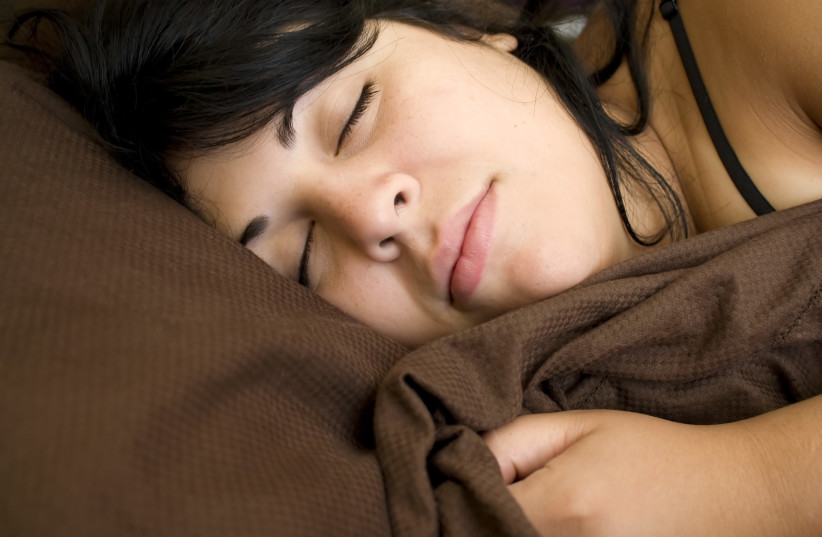If you thought one night of sleeping in front of the TV or computer wouldn't hurt, a surprise awaits you. A new study found that sleeping just one night with dim light, such as a TV with the sound off or a forgotten night light on, raised the blood sugar and heart rate of healthy, young people who participated in a sleep lab experiment.
The dangers of light
The dim light penetrated the eyelids and disrupted sleep, despite the fact that the participants slept with their eyes closed, said research author Dr. Phyllis Zee, director of the Center for Circadian and Sleep Medicine at Northwestern University Feinberg School of Medicine in the journal Proceedings of the National Academy of Sciences.
The heart rate usually drops at night and slows down when the brain is busy repairing and clearing itself. A high heart rate at night has been shown in many studies to be a risk factor for future heart disease and premature death. High blood sugar levels are a sign of insulin resistance when the body stops using glucose properly and the pancreas goes into overdrive, flooding the body with insulin to compensate excessively until it eventually loses its ability to do so. Over time, insulin resistance can lead to type 2 diabetes.
How was the research conducted?
The research team took 20 healthy people in their 20s and had them stay two nights in a sleep lab. They spent the first night in a dark room where it wasn’t possible to see much with their eyes open, Zee told CNN. All study participants were connected to devices that monitored a number of objective sleep quality indicators. Data was collected with minimal disruption.
"We recorded the brain waves and were able to know which stage of sleep the person was in,” Zee said. "We recorded their breathing, their heart rate, their EKG, and drew blood to measure melatonin levels while they slept." Melatonin is a hormone that regulates the body's biological clock, which also includes sleep and awakening.
A random portion of the group repeated the same level of light for a second night in the lab, while another group slept with dim light, roughly equivalent to "a very, very dark and cloudy day or street lights coming in through a window," Zee said. She added that these people slept with closed eyelids and scientific reports stated that about 5 to 10% of the light in the environment passes through the closed eyelid to the eye, which isn’t that much light.
"However, even this tiny amount of light created a lack of slow-wave sleep and rapid eye movements, the stages of sleep in which most cellular regeneration occurs. Also, heart rates were higher, insulin resistance increased, and the sympathetic nervous system (fight or flight) and parasympathetic (rest and relaxation) weren’t balanced; this is connected to higher blood pressure in healthy people. However, the light was not bright enough to lower the levels of melatonin (sleep hormone) in the body," Zee added.
Solutions
- Close the shutters and drapes, turn off all the lights and consider using an eye patch. Zee said that the evidence shows that one needs to be aware of any bright lights in the bedroom. "Make sure you start dimming the lights at least an hour or two before sleep to prepare the environment for sleep."
- Check the bedroom for unnecessary light sources," she added. Zee suggested that if a night light is needed, keep it dim and at floor level so that it’s more reflected away and isn’t near the eye or at bed height.
- Be aware of the type of light in your bedroom and ban all lights on the blue spectrum, such as those emitted from electronic devices like TVs, phones, tablets and laptops. "Blue light is the most stimulating type of light," said Zee. "If you must turn it on for safety reasons, change the color and choose lights that have red or brown shading.”

